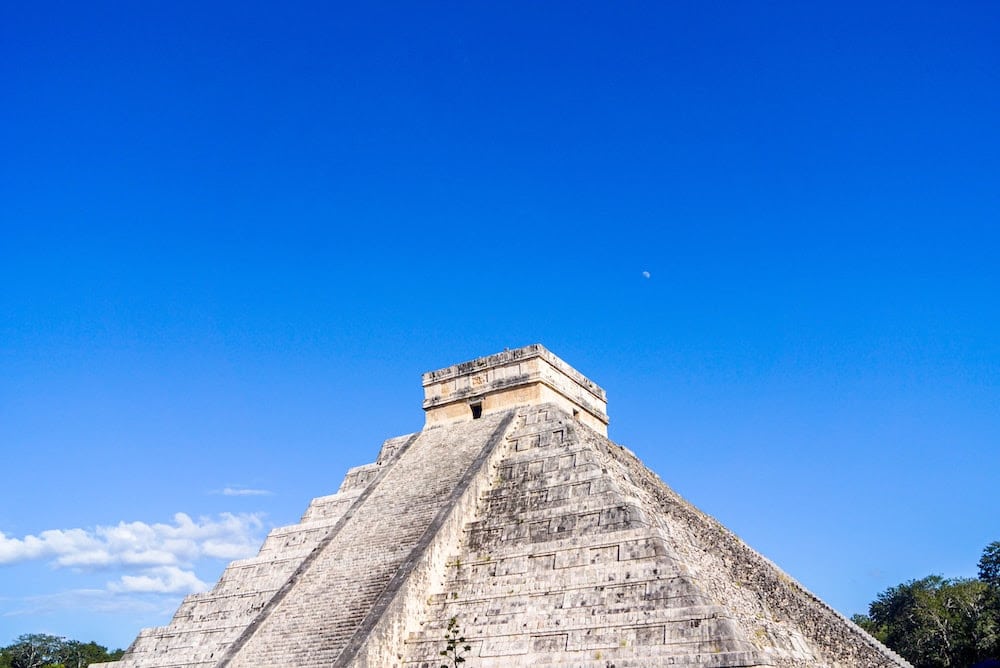
Mexico is linked in its heart and veins to the Mayan civilization, as a team of archaeologists has unearthed the ruins of an ancient Mayan city dating back over 1,000 years. The sheer size of the site suggests that it was a relatively large city.
As is often the case for archaeologists, the discovery was made by chance. While visiting a largely unexplored part of the Balamkú ecological reserve on Mexico’s Yucatán peninsula, a team of archaeologists came across a vast field of ruins buried under jungle vegetation.
They came across architectural marvels, boulders adorned with bas-reliefs, fallen columns, the bases of imposing buildings… After mapping, the site named Ocomtún turned out to be a previously unknown ancient Mayan city.

Last year, airborne laser scanning had identified numerous pre-Hispanic structures in the area, attracting the attention of scientists. Little did they know, however, that they would make such a discovery.
The buildings, some pyramid-shaped, were arranged concentrically. The cylindrical columns littering the ground everywhere must have served to support the entrances to the various buildings, including pyramidal structures that were probably over 15 metres high. On this vast field of ruins covering no less than 50 hectares, archaeologists have also uncovered ancient altars certainly dedicated to religious rituals, as well as vast areas that are supposed to have been… playgrounds! The Maya were adept at a ball game played with the feet, not unlike soccer!


An image created with lidar shows the concentration of protrusions and shapes that scientists recognized as a possible Maya settlement.
University of Houston
The remains of this great city therefore seem to have been an important regional center between 600 and 800 A.D. (the so-called Classic period of Mayan civilization). This dating was made possible by the discovery of pottery on the site. The city would have undergone major changes between 800 and 1,000 A.D. before being forgotten with the decline of the Mayan civilization.




